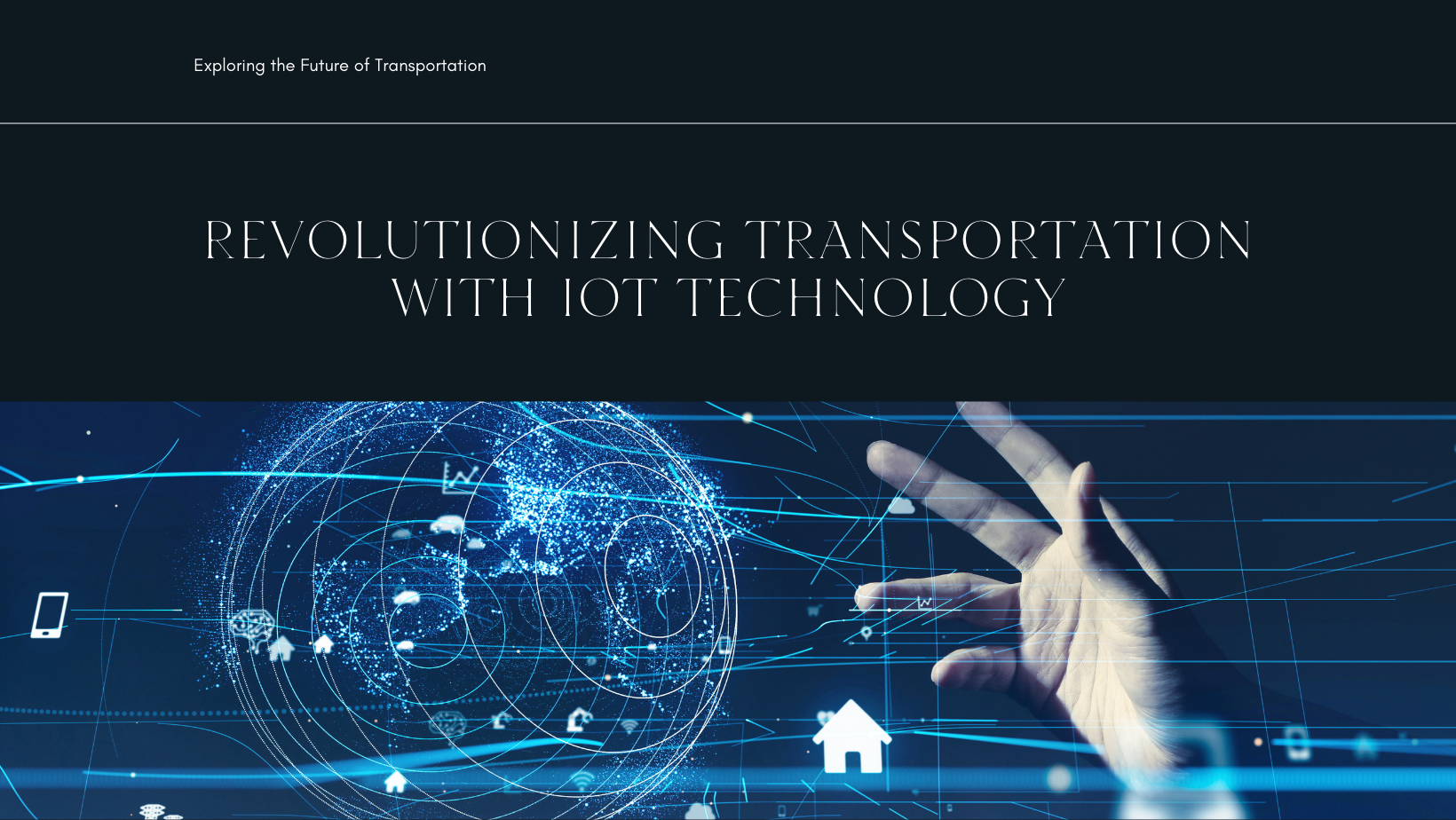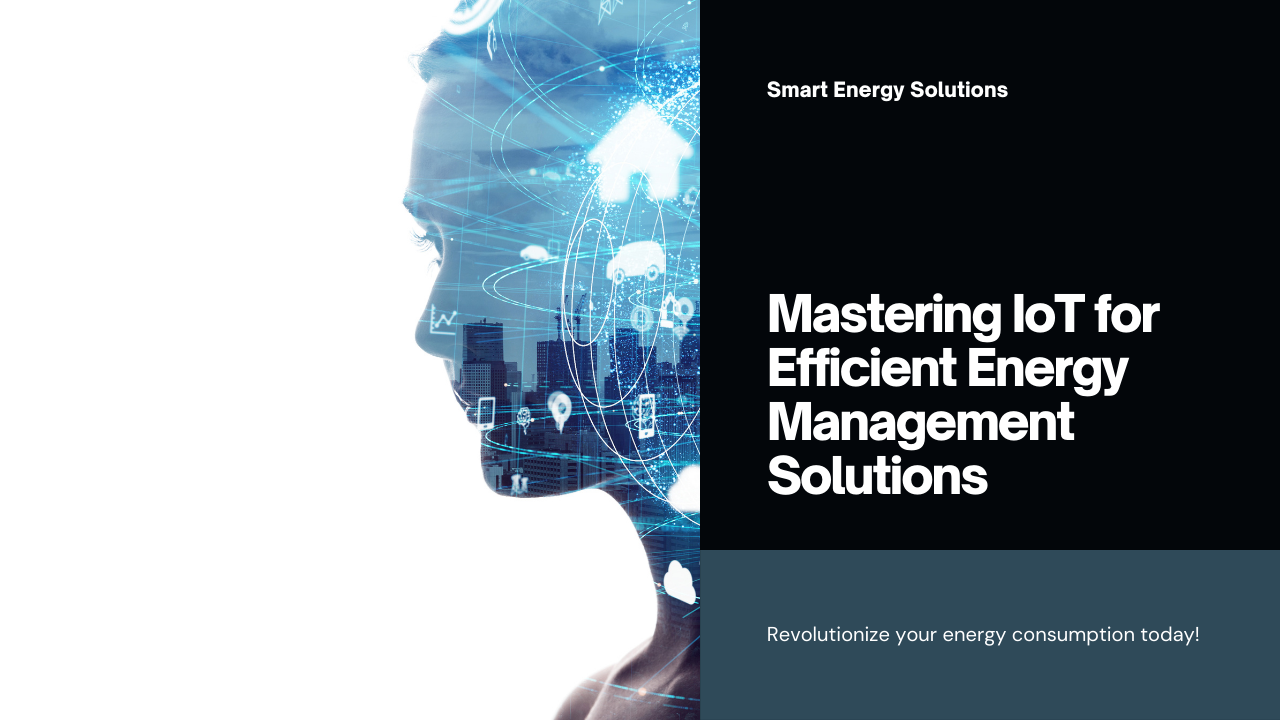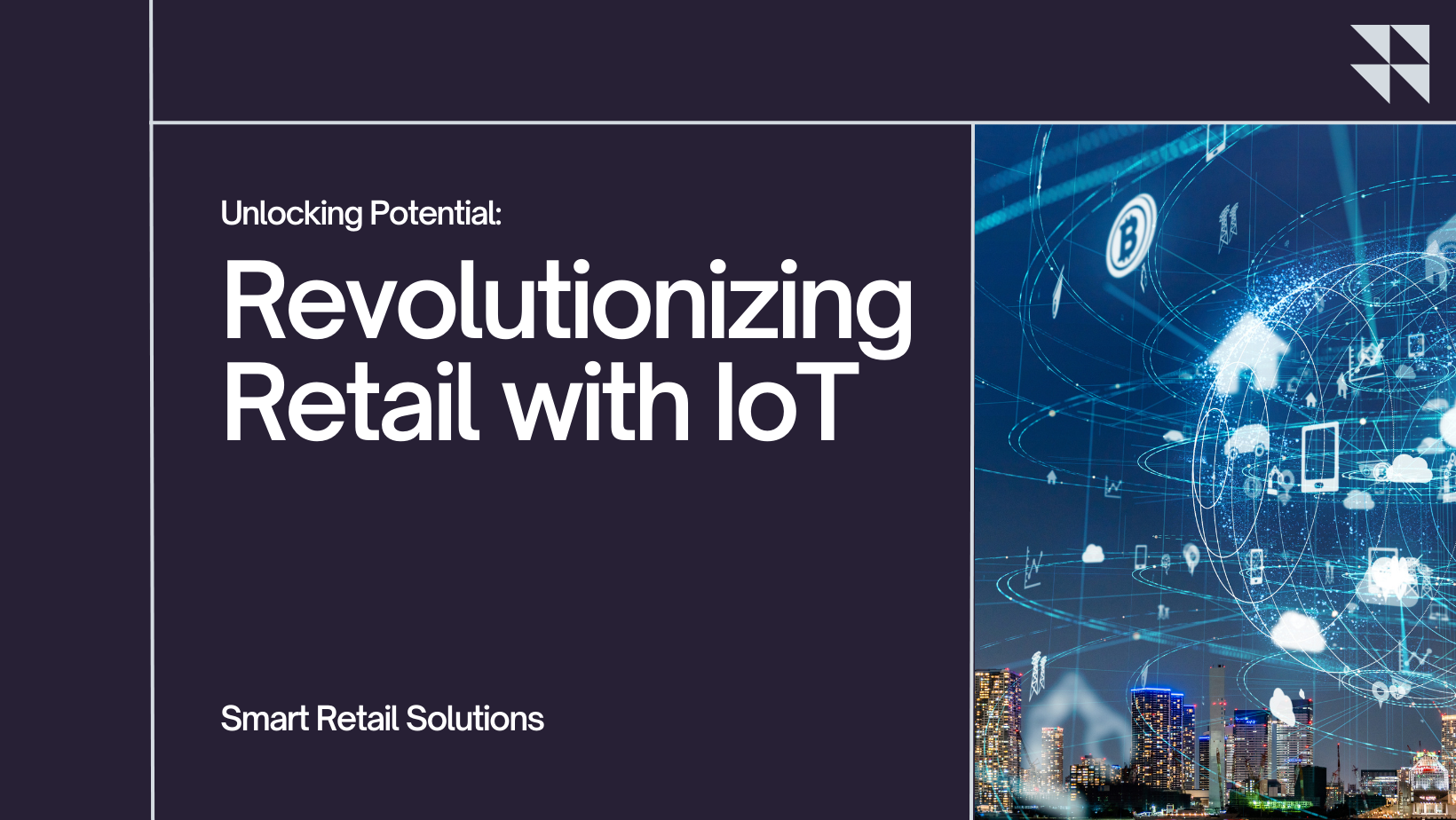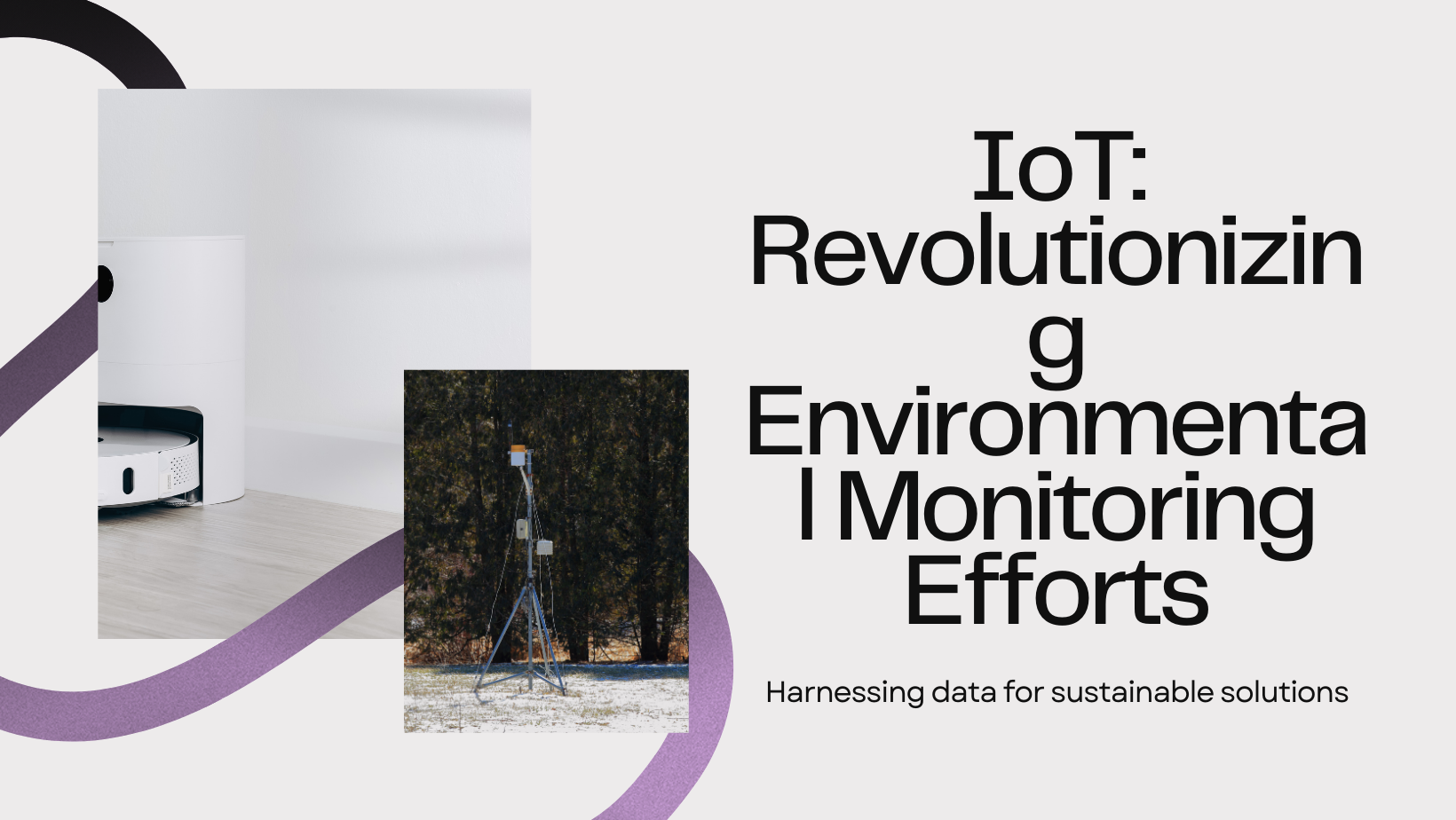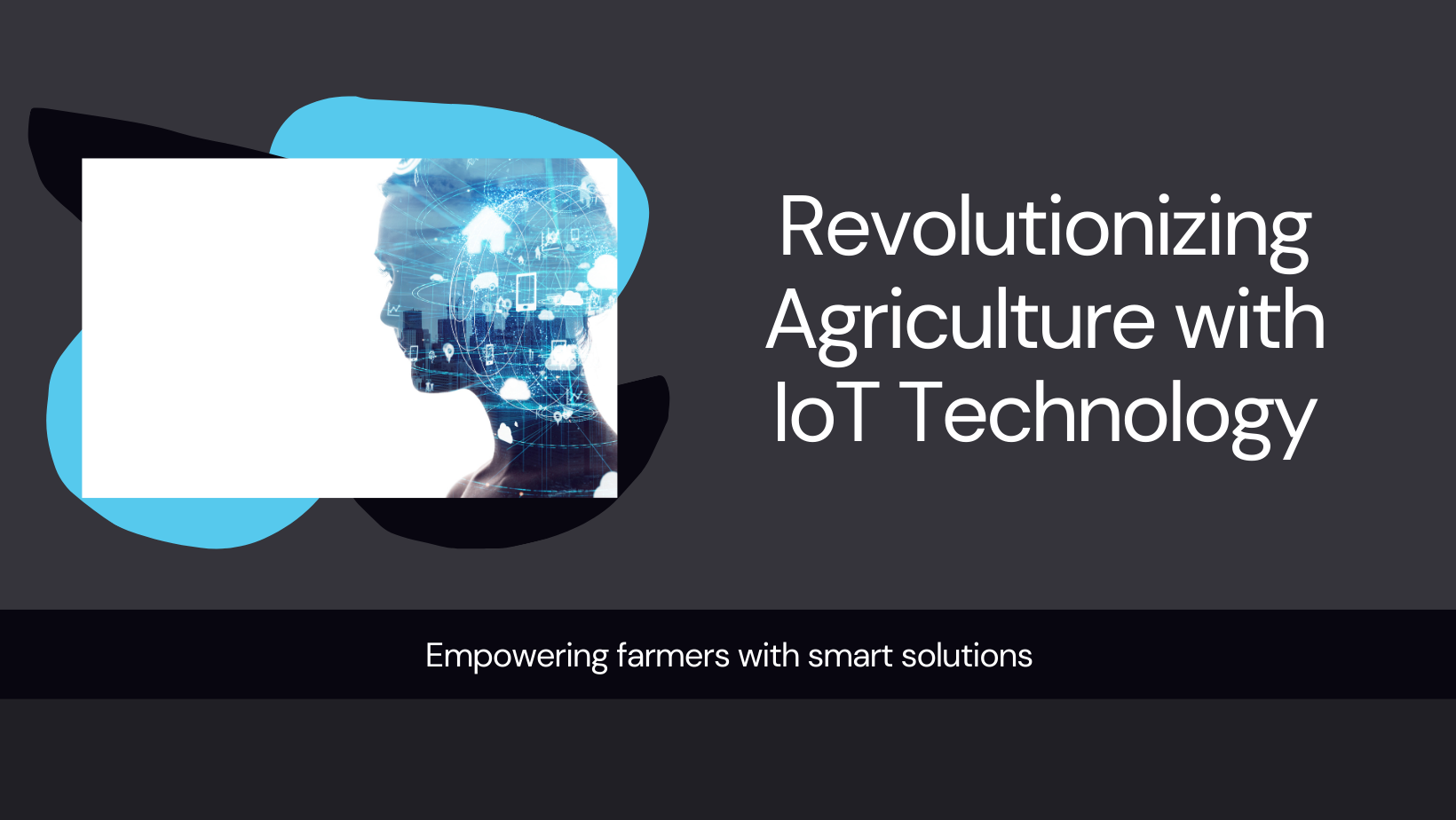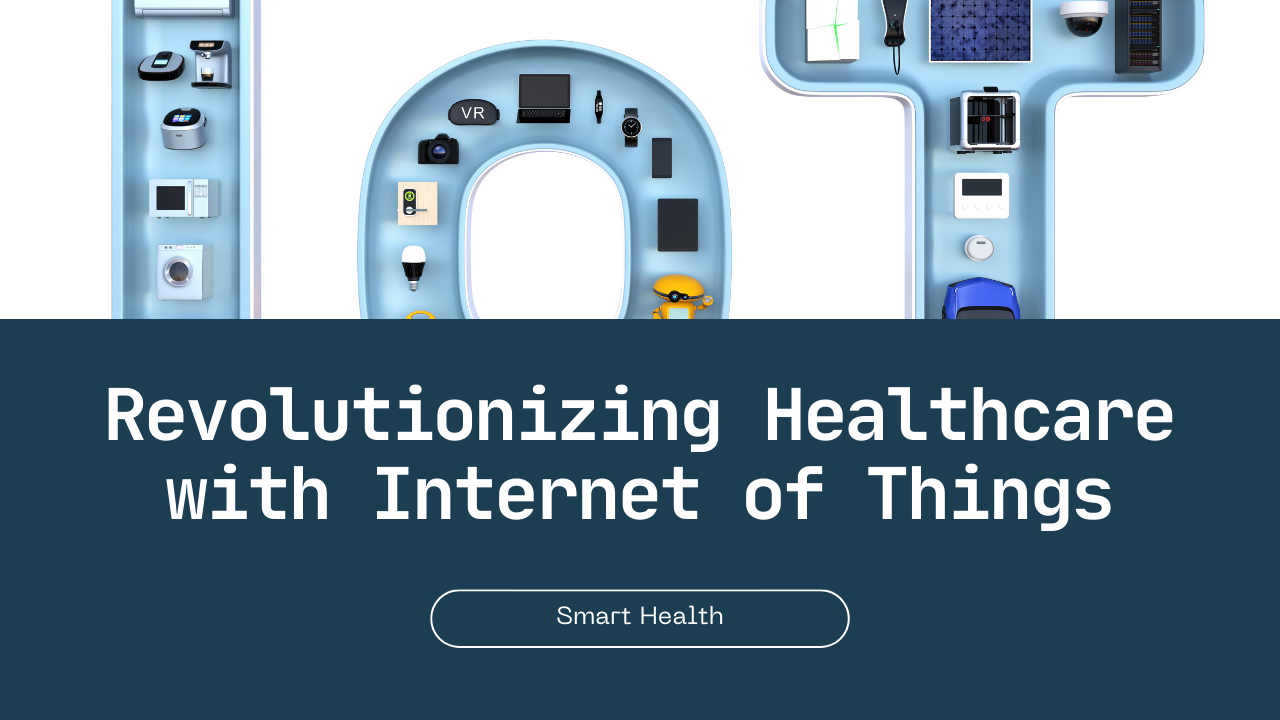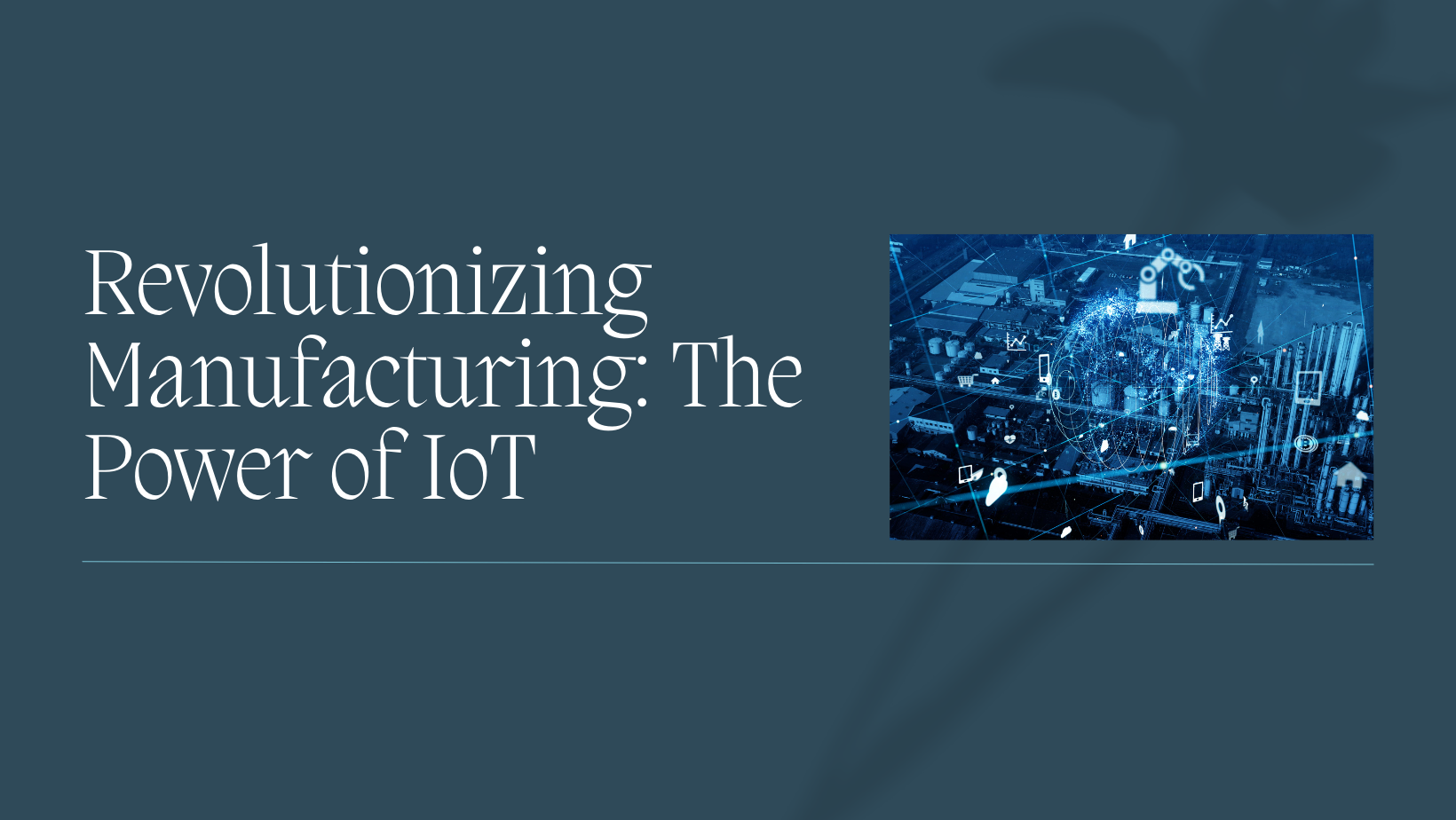In recent years, the transportation industry has undergone a significant transformation thanks to the integration of Internet of Things (IoT) technologies. IoT’s ability to connect and communicate with devices, vehicles, and infrastructure has revolutionized how we move people and goods. This blog explores the profound impact of IoT on transportation, highlighting Sodio Technologies’ role in developing innovative solutions that optimize operations, improve safety, and pave the way for a smarter, more connected future.
Understanding IoT in Transportation
IoT in transportation refers to the network of interconnected devices, sensors, and software that collect and exchange data to optimize various aspects of mobility and logistics. From vehicles and traffic management systems to passenger experiences and supply chain operations, IoT enables real-time monitoring, analysis, and decision-making. This connectivity fosters efficiency gains, enhances safety measures, and supports sustainable transportation practices.
Key Applications of IoT in Transportation
1. Smart Fleet Management
IoT enables real-time tracking and monitoring of vehicles and fleets through GPS-enabled devices and telematics systems. Fleet managers can remotely monitor vehicle location, performance metrics (such as fuel consumption and engine health), and driver behavior (including speed and braking patterns). This data-driven approach allows for proactive maintenance scheduling, route optimization, and fleet utilization improvements, leading to reduced operational costs and enhanced service reliability.
2. Traffic and Infrastructure Management
IoT sensors deployed in traffic lights, road signs, and infrastructure collect data on traffic flow, congestion levels, and road conditions. This real-time information is transmitted to centralized control centers, where traffic management systems analyze and adjust signals to optimize traffic flow and reduce bottlenecks. Smart intersections equipped with IoT technology can prioritize emergency vehicles, pedestrians, and cyclists, improving overall safety and mobility in urban environments.
3. Passenger Experience and Connectivity
IoT enhances the passenger experience by providing real-time updates on transit schedules, delays, and alternative routes through mobile apps and digital signage. IoT-enabled public transportation systems offer Wi-Fi connectivity, allowing passengers to stay connected during their commute. Smart ticketing systems use IoT to facilitate contactless payments and streamline boarding processes, reducing wait times and enhancing convenience for travelers.
4. Logistics and Supply Chain Optimization
IoT plays a crucial role in optimizing logistics and supply chain operations by enabling end-to-end visibility and tracking of goods in transit. RFID tags, GPS trackers, and temperature sensors monitor the location, condition, and status of shipments throughout the supply chain. This visibility enables logistics managers to identify inefficiencies, predict delivery times more accurately, and implement responsive inventory management strategies, reducing waste and improving delivery reliability.
5. Vehicle-to-Vehicle (V2V) and Vehicle-to-Infrastructure (V2I) Communication
IoT facilitates communication between vehicles (V2V) and infrastructure (V2I), enhancing road safety and efficiency. V2V communication allows vehicles to exchange real-time data on speed, location, and road conditions, enabling collision avoidance systems and adaptive cruise control. V2I communication enables vehicles to interact with traffic signals and road infrastructure, receiving information on upcoming hazards, construction zones, and optimal routes, thereby reducing congestion and enhancing driver awareness.
Benefits of IoT in Transportation
1. Improved Safety: IoT-enabled systems enhance road safety through real-time data analysis, collision avoidance systems, and emergency vehicle prioritization.
2. Enhanced Efficiency: IoT optimizes fleet management, traffic flow, and logistics operations, reducing fuel consumption, emissions, and overall transportation costs.
3. Better Customer Experience: Real-time updates, connectivity options, and streamlined services improve passenger convenience and satisfaction.
4. Sustainability: IoT supports sustainable transportation practices by reducing congestion, optimizing routes, and promoting efficient vehicle and fleet operations.
Implementing IoT Solutions in Transportation
Step 1: Identify Challenges and Objectives
Define specific challenges and objectives related to transportation operations, safety, efficiency, and customer experience. Conduct stakeholder consultations and needs assessments to prioritize IoT applications that address critical pain points and business goals.
Step 2: Select IoT Technologies and Devices
Choose IoT devices and technologies based on identified needs and infrastructure requirements. Consider factors such as connectivity options (e.g., 5G, LTE-M), sensor capabilities (e.g., GPS, temperature, motion), and data management protocols (e.g., cloud-based platforms, edge computing).
Step 3: Develop and Deploy IoT Solutions
Collaborate with IoT solution providers like Sodio Technologies to design, develop, and deploy customized IoT solutions. Develop comprehensive integration plans, data acquisition strategies, and cybersecurity measures to ensure seamless deployment and operational reliability.
Step 4: Monitor, Analyze, and Optimize
Implement robust monitoring and analytics tools to track performance metrics, analyze data insights, and optimize IoT-enabled systems continuously. Use predictive analytics to anticipate future trends, optimize resource allocation, and enhance decision-making capabilities.
Sodio Technologies: Driving Innovation in IoT for Transportation
At Sodio Technologies, we specialize in developing cutting-edge IoT solutions that transform transportation operations and elevate industry standards. From smart fleet management to advanced traffic control systems, our expertise in sensor integration, data analytics, and cybersecurity ensures sustainable and efficient transportation solutions.
Conclusion
IoT is revolutionizing the transportation industry by enabling smarter, safer, and more efficient mobility solutions. From enhancing fleet management and optimizing traffic flow to improving passenger experiences and supporting sustainable practices, IoT technologies are reshaping the future of transportation. Partnering with a trusted IoT solution provider like Sodio Technologies empowers organizations to navigate these transformations successfully and harness the full potential of IoT for transportation innovation.
